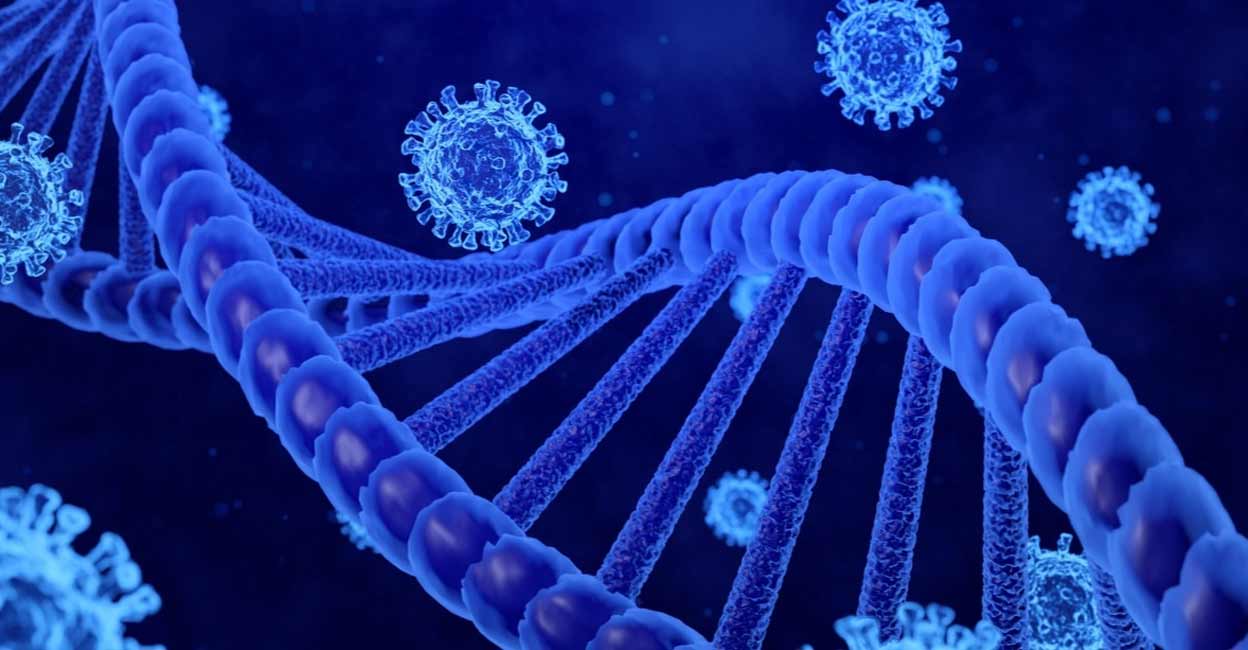Adoption row | All you need to know about DNA test

Mail This Article
Thiruvananthapuram: Based on a court order to conduct a DNA test in the controversial adoption case, experts from the Rajiv Gandhi Centre for Biotechnology here collected samples from Anupama S Chandran, her partner Ajith Kumar, and the baby. The test results arrived positive on Tuesday.
The case pertains to the alleged handing over of the baby to foster parents without the knowledge of his biological mother.
The test was conducted after separating the DNA (Deoxyribonucleic acid), a molecule composed of two polynucleotide chains, from the cells in the collected samples.
Method of testing
A buccal or cheek swab is taken for the DNA test. Accordingly, buccal (cheek) cells found on the inside of a person's cheek are collected. These swabs have wooden or plastic stick handles with a cotton on synthetic tip.
Genes, DNA, chromosomes
Genes determine the colour of hair, eyes, skin and even individual traits. These genes are found in each cell, where DNA is arranged in chromosomes. Each DNA has two polynucleotide chains that coil around each other to form a double helix, or chromosome, carrying genetic instructions for the development, functioning, growth and reproduction of all known organisms.
Each chromosome has two strands of DNA in a double helix. The chromosome, depending on whether it is 'X' or 'Y' , determines the gender* of living organisms. DNA is made up of four basic building blocks called nucleotides, which form the double helix.
The coding area of the gene codes proteins for the DNA. Though the primary function of the DNA is to encode a functional protein, a major portion of the genome is made of non-coding DNA or 'junk DNA.' The non-coding region will have short-tandem repeats of microsatellites, repetitive DNA sequences usually several base pairs in length. Each microsatellite may have two to seven nucleotides, the genetic markers to follow the inheritance of genes in families. These are used for testing DNA.
Genetic changes in short-tandem repeats will not affect the body. Hence, it undergoes massive changes that remain across generations, and it differs from person to person.

The DNA test comprises four major parts:
1. DNA is separated from samples collected.
2. Thousands of copies of short-tandem repeats are made using PCR (Polymerase chain reaction) technology. PCR is a widely used technology to rapidly make millions of copies of a specific DNA sample.
3. DNA fragments are separated from the copies using gel electrophoresis technique.
4. The size and distance between these DNA fragments, or bands, are given specific numbers and compared.
If half of the bands of the child's DNA matches with that of his mother and the remaining with those from the father, it could be ascertained that the child is the biological offspring of the couple.
*[Two X chromosomes (XX) make a girl, whereas an 'X' and 'a Y' (XY) make a boy].

